Table of content
- Cooking Method
- Bean Thickness
- Desired Texture
- Altitude
- Stir-Frying (The Quickest Method)
- Boiling (Classic and Foolproof)
- Steaming (Gentle and Nutrient-Retaining)
- Roasting (For Caramelized Flavor)
- Sautéing (Versatile and Flavorful)
- Overcrowding the Pan
- Skipping the Ice Bath (for Boiling)
- Using Old or Frozen Beans Incorrectly
- Inconsistent Heat
- Garlic Lemon Green Beans
- Spicy Szechuan Green Beans
- Oven-Roasted Green Beans with Parmesan
Green beans, also known as string beans or snap beans, are a staple in kitchens worldwide. Their crisp texture and vibrant color make them a versatile ingredient in salads, stir-fries, casseroles, and side dishes. However, one of the most common challenges home cooks face is determining the ideal cooking time to ensure they are tender yet still slightly crisp, without ending up with a mushy or undercooked result. This article delves into the science and practicality of cooking green beans, exploring the factors that influence cooking time, methods to achieve perfection, and tips to avoid common pitfalls.
Understanding Green Beans: Varieties and Preparation
Before diving into cooking times, it’s essential to recognize that not all green beans are created equal. The variety, age, and freshness of the beans play a significant role in how long they take to cook. For instance, younger, thinner beans (often labeled “haricots verts” in French cuisine) cook faster than their thicker, mature counterparts. Similarly, fresh beans from a local market may require less time than those that have been stored for days or frozen.
Preparation Steps:
- Trimming: Remove the stem ends and any stringy fibers. Some recipes call for leaving the tail end intact for aesthetic appeal.
- Washing: Rinse thoroughly under cold water to remove dirt or debris.
- Cutting: Chop into uniform pieces (e.g., 1-2 inch segments) to ensure even cooking.
Factors Influencing Cooking Time
Cooking Method
The technique you choose drastically affects cooking duration. Here’s a breakdown of common methods:
- Stir-Frying: High heat and quick cooking.
- Boiling: Submerged in boiling water.
- Steaming: Gentle heat via steam.
- Roasting: Dry heat in the oven.
- Sautéing: Cooking in a pan with oil over medium heat.
Bean Thickness
Thicker beans need more time to soften. For example, mature beans may take 5–7 minutes when boiled, while thin haricots verts might cook in 3–4 minutes.
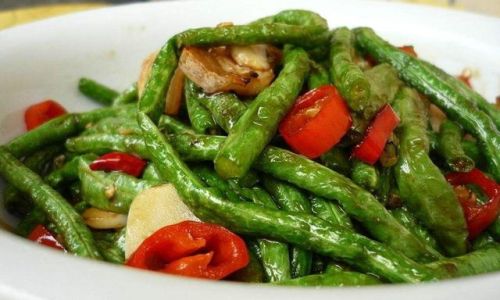
Desired Texture
Do you prefer crisp-tender beans or a softer consistency? Adjust cooking time accordingly.
Altitude
At higher elevations, water boils at lower temperatures, which can extend boiling times.
Cooking Methods and Recommended Times
Stir-Frying (The Quickest Method)
Stir-frying is ideal for retaining color and crunch. Here’s how to master it:
- Heat a wok or large skillet over high heat.
- Add oil (e.g., peanut, vegetable, or sesame).
- Toss in the beans along with aromatics like garlic or ginger.
- Cook time: 4–6 minutes, stirring constantly.
- Test for doneness: Pierced with a fork, they should offer slight resistance.
Pro Tip: Blanch the beans in boiling water for 2 minutes before stir-frying to jumpstart cooking and ensure even tenderness.
Boiling (Classic and Foolproof)
Boiling is straightforward but requires vigilance to avoid overcooking.
- Bring a pot of salted water to a rolling boil.
- Add the beans and cook uncovered.
- Cook time:
- Thin beans: 3–4 minutes.
- Thick beans: 5–7 minutes.
- Immediately transfer to an ice bath to halt cooking and preserve color.
Safety Note: Undercooked green beans can cause digestive discomfort due to lectins. Ensure they’re tender but not mushy.
Steaming (Gentle and Nutrient-Retaining)
Steaming preserves nutrients and texture.
- Use a steamer basket over boiling water.
- Cover and cook:
- Thin beans: 5–6 minutes.
- Thick beans: 7–9 minutes.
- Check for vibrant green color and fork-tenderness.
Roasting (For Caramelized Flavor)
Roasting enhances natural sweetness but takes longer.
- Preheat oven to 425°F (220°C).
- Toss beans with oil, salt, and pepper on a baking sheet.
- Roast: 12–15 minutes, flipping halfway.
- Look for charred spots and tender interiors.
Sautéing (Versatile and Flavorful)
Sautéing combines quick cooking with flavor infusion.
- Heat oil in a skillet over medium heat.
- Add beans and cook, stirring occasionally.
- Cook time: 8–10 minutes.
- Add liquids (e.g., broth, soy sauce) for steaming if needed.
How to Test for Doneness
-
Visual Cues:
- Color: Bright green (overcooked beans turn dull or olive-toned).
- Blisters: Small bubbles on the surface indicate proper cooking.
-
Texture Tests:

- Fork Test: Should pierce easily but retain some resistance.
- Taste Test: Sample a bean—it should be tender without a grassy taste.
-
Sound Test (for stir-fries):
Listen for a crisp sizzle; silence may indicate burning.
Common Mistakes to Avoid
Overcrowding the Pan
Too many beans in a small space lower the cooking temperature, leading to steaming instead of searing. Use a large pan or cook in batches.
Skipping the Ice Bath (for Boiling)
Failing to shock boiled beans in ice water results in overcooking as residual heat continues to soften them.
Using Old or Frozen Beans Incorrectly
Frozen beans often require less cooking time. Thaw them first and adjust timing to prevent mushiness.
Inconsistent Heat
Fluctuating temperatures (e.g., low heat for stir-frying) prolong cooking and ruin texture. Maintain high heat for quick methods.
Nutritional Benefits of Properly Cooked Green Beans
Green beans are low in calories but rich in:
- Fiber: Aids digestion.
- Vitamins: A, C, K, and folate.
- Minerals: Manganese and iron.
Overcooking can deplete vitamin C, so aim for minimal cooking times when possible.
Cultural and Regional Variations
- Asian Cuisine: Stir-fried green beans with garlic and chili are a staple.
- French Cooking: Haricots verts are often blanched and served with butter or almonds.
- Southern U.S.: Green bean casserole with cream of mushroom soup and fried onions.
Advanced Tips for Perfect Beans
- Add Acid: A splash of vinegar or lemon juice at the end brightens flavors.
- Enhance with Herbs: Toss with fresh dill, basil, or thyme post-cooking.
- Experiment with Spices: Cumin, coriander, or smoked paprika add depth.
- Use Bacon Fat: Render bacon and cook beans in the fat for a smoky twist.
Troubleshooting Guide
| Issue | Solution |
|---|---|
| Mushy beans | Reduce cooking time; use thinner beans. |
| Undercooked center | Cover and steam for 2–3 extra minutes. |
| Bland flavor | Add salt, herbs, or aromatics. |
| Uneven cooking | Cut beans uniformly; use a single layer. |
Recipes to Try
Garlic Lemon Green Beans
- Ingredients: 1 lb green beans, 3 garlic cloves, 2 tbsp butter, lemon zest.
- Instructions:
- Blanch beans for 2 minutes; shock in ice water.
- Sauté garlic in butter until fragrant.
- Add beans; cook 3–4 minutes.
- Toss with lemon zest and salt.
Spicy Szechuan Green Beans
- Ingredients: 1 lb green beans, 2 tbsp oil, 1 tbsp Szechuan peppercorns, 1 tsp chili flakes.
- Instructions:
- Stir-fry beans in oil until blistered.
- Add peppercorns and chili; cook 1 minute.
- Serve with steamed rice.
Oven-Roasted Green Beans with Parmesan
- Ingredients: 1 lb green beans, 2 tbsp olive oil, 1/4 cup Parmesan, salt, pepper.
- Instructions:
- Toss beans with oil, salt, and pepper.
- Roast at 425°F for 12–15 minutes.
- Sprinkle with Parmesan; broil 1 minute.
Conclusion: The Sweet Spot of Doneness
Achieving perfectly cooked green beans is a balance of time, technique, and personal preference. Whether you prefer the crisp snap of a 4-minute stir-fry or the tender give of a 15-minute roast, the key is to stay attentive and test frequently. By understanding the variables—bean thickness, cooking method, and desired texture—you can confidently transform this humble vegetable into a dish that’s both visually stunning and deliciously satisfying. Remember, practice makes perfect, so don’t be afraid to experiment until you find your ideal cooking time. Happy cooking!
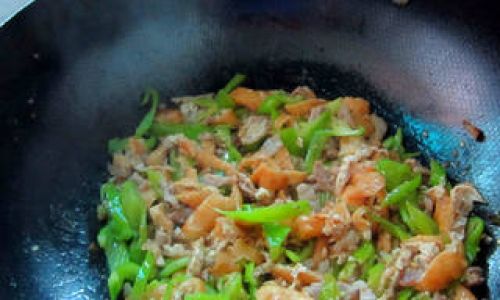


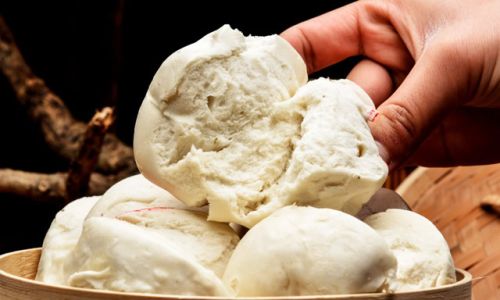
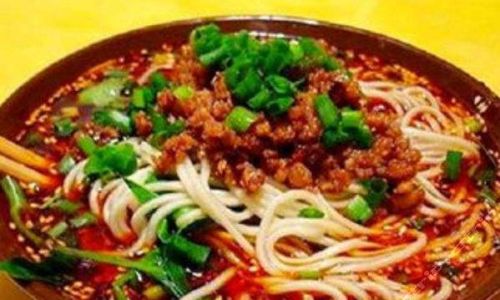
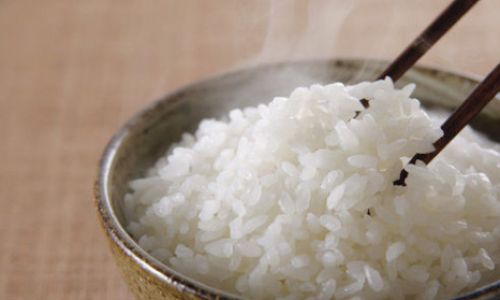
0 comments